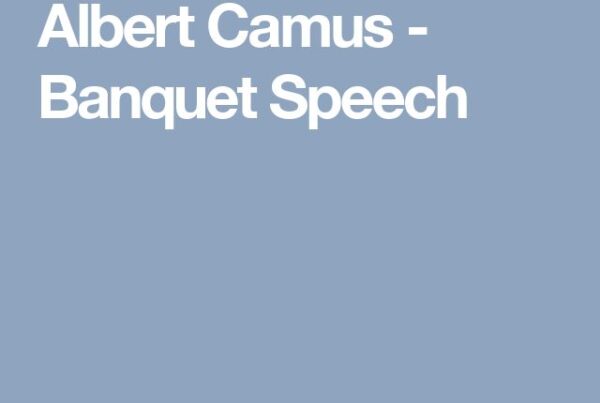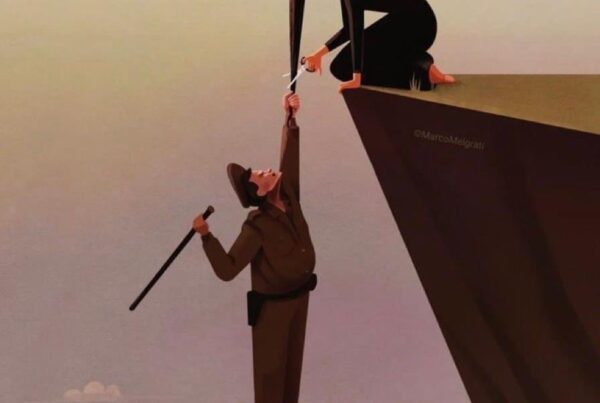 The upcoming 2013 presidential election in Iran seems to be activating and deepening the fissures within the Iranian opposition. While parts of the opposition have started deliberating and discussing about participation in the election, other sections oppose participating on principle. A prominent reformist strategist, for example, suggested that election is “an opportunity for organizing and action.” Meanwhile, another famous activist journalist wrote that the only possible election in 2013 is one with the participation of regime “insiders” and no chance for pro-democracy forces to participate. These debates about the opportunities and constraints of the 2013 election reflect a deeper divide in the Iranian opposition about the most effective strategies to transform the polity and build a democratic regime in the future.
The upcoming 2013 presidential election in Iran seems to be activating and deepening the fissures within the Iranian opposition. While parts of the opposition have started deliberating and discussing about participation in the election, other sections oppose participating on principle. A prominent reformist strategist, for example, suggested that election is “an opportunity for organizing and action.” Meanwhile, another famous activist journalist wrote that the only possible election in 2013 is one with the participation of regime “insiders” and no chance for pro-democracy forces to participate. These debates about the opportunities and constraints of the 2013 election reflect a deeper divide in the Iranian opposition about the most effective strategies to transform the polity and build a democratic regime in the future.
Indeed, the question of participation or boycott has been a common dilemma for oppositions in authoritarian regimes, which hold manipulated elections to legitimize their rule as democratic. These regimes also utilize elections as a technique to divide and conquer the opposition. Russia, Malaysia, Ghana are examples of such regimes among others, which were called competetive and authoritarian.
The presidential elections in Iran over the last two decades have always created pressure for the existing alliances, and opportunities for new coalitions among political forces in the regime as well. In the 1997 election, the Modern Right represented by the former president Ali Akbar Rafsanjani and his men split from the Traditional Right and allied with Iran’s left wing of that time, who backed Mohammad Khatami in the presidential race. As Khatami’s campaign and his slogans about civil society, rule of law, and freedom resonated with the demands and aspirations of the newly emerged middle class as well as youth and women, Khatami and his allies won a landslide victory and marked the start of what was later to be called the Reform Movement.
In 2005, this big alliance disintegrated as the reformists, who advocated three candidates in the election, and the student movement, an important pillar of Khatami’s 1997 campaign, both boycotted the election. The disintegration of the 1997 alliance came about as hardliners in the Iranian regime escalated the repression on the reformists around 2000, and different reformist factions advocated different counterstrategies to cope with hard-liners’ crackdown. Reflecting on their defeat in 2005, several reformist analysts and journalists argued that if different reformist factions had maintained their coalition, two of the reformist candidates would have outpolled Ahmadinejad with less than one million votes from the third reformist candidate, or those who boycotted the election.
In 2009, though, the chasm over participation or boycott was not as deep as it was in 2005 since four disastrous years of Mahmud Ahmadinejad’s presidency had convinced different political forces of the urgency of sending another politician to the presidential building. Despite that the opposition rallied behind two candidates in 2009, they did not question the very strategy of the electoral participation.
Effects of the 2013 election on recent reformist alliances depend mostly on how much competition the incumbent hardliners will allow in the election. If, as expected from the record, the incumbents encourage and permeate some of the former reformists such as Mohammad Reza ‘Aref, Khatami’s vice president in the second term, who never identified with the Green movement, the office-holders will create a big challenge for the reformists and the Green activists to act in a unified manner in the election. Such a strategy can divide the opposition over advocating several candidates and also reactivate the previous splits in the movement over whether or not to participate in elections held by the regime.
Consequently, reformist politicians such as former president, Mohammad Khatami, seem to be testing the water about hard-liners’ electoral strategy, as he stated in one of his public meetings that in order to have a popular election, the political atmosphere should first be suitable.
Informal news from the forums and meetings of younger and more radical members of the opposition, particularly those who identify more with the Green Movement rather than the reformist camp, suggest that they are not very enthusiastic about participating in the election. Some of them believe that in the very least the leaders of the Green Movement Musavi and Karrubi should be released before considering participation. Others are of the opinion that after the 2009 fraud and crackdown, participation in any elections would be meaningless and harmful to the people’s movement. Accordingly, an article in Jaras, one of the major websites of the Green Movement, criticized the calls for participation in the “sham” election of 2013 in denying the existence and nature of the Green Movement as a social movement struggling for realization of real election.
The internal debate highlights one of the big strategic differences between the reformism of 1997-2005 and the Green Movement of 2009 that emerged after the election: while the former was rather pessimistic about the viability of mass mobilization and more prone toward working through existing political institutions, the latter was of the opinion that mass mobilization would be the best way to push forward the democratic aspirations of the Iranian people. The surprising capacity of the Green Movement in bringing hundreds of thousands of people to the streets of Tehran overshadowed previous reformist strategies and marginalized them for a while. Nonetheless, the rather successful suppression of the Green Movement by the government and the movement’s decline since 2010 gradually made it possible for the marginalized reformist strategies, stressing engagment in institutionalized politics, to make it back to the scene.
Reformist leaders seem to be aware and worried about these fractures within the opposition. Responding to such concerns, Abdullah Noori, a prominent reformist politician, rejected the separation between the reformist movement and the Green Movement, and proposed the formation of a think tank that represents all varying tendencies within the reformist camps. Noori was the Minister of Interior in Khatami’s cabinet who was impeached by the conservative parliament of that time, and imprisoned later because of the critical and progressive articles published in his newspapers. Noori’s political background allows his comments to appeal to the radical members of the Green Movement.
The high voter turnout in the 2009 election, which was eighty-five percent according to official reports, indicates the accumulation of unfulfilled demands in the Iranian society for more political freedom, economic prosperity, and social liberties. The political crackdown since 2009, along with economic sanctions, and high rates of inflation have remarkably intensified such demands since 2009. Whereas these rising pleas appear as a serious challenge for the regime, the opposition likewise needs to craft a resonating discourse and strategy to represent such demands in the Iranian society. Whether participating in or boycotting the election would be part of such strategy is a question that the opposition will be debating in the upcoming months. However, to implement any strategy — whether a boycott or participation, the opposition first needs to keep its lines unified and cohesive, a condition that seems laborious and difficult to fulfill over the next months.
From: jadaliyya.com


